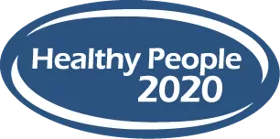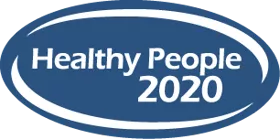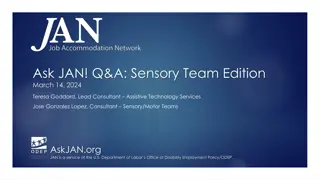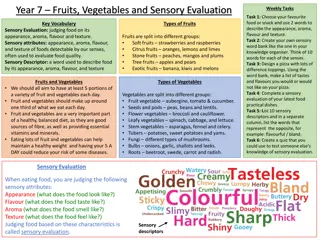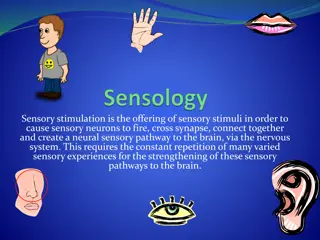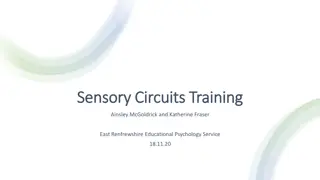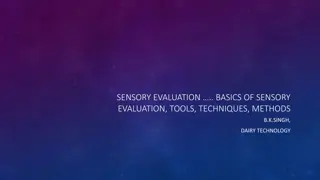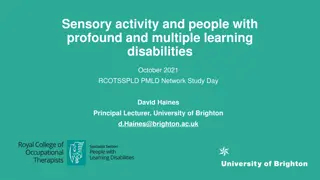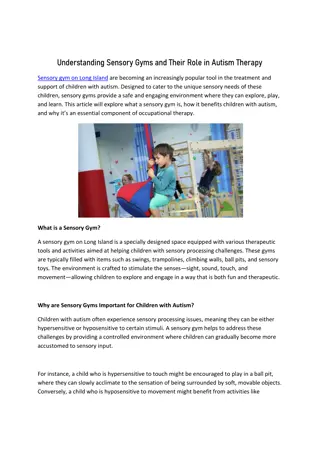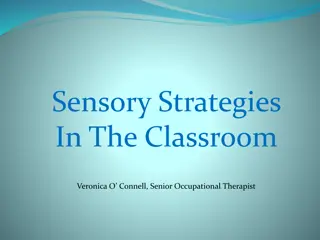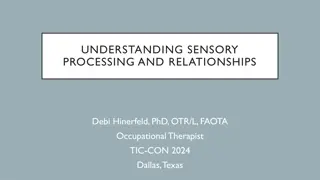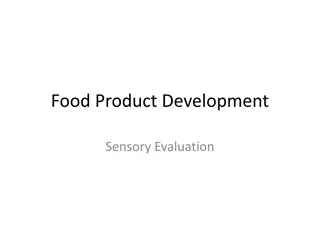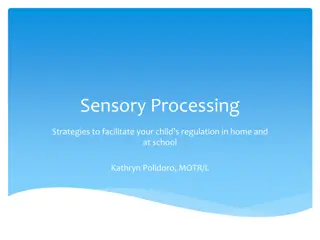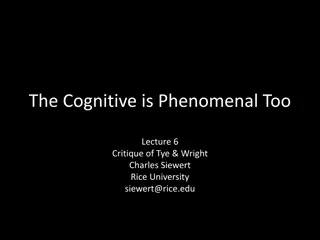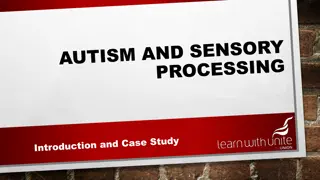Comprehensive Overview of Sensory and Communication Disorders Management
This document delves into various aspects of managing sensory and communication disorders, covering topics such as hearing evaluation, treatment referrals, use of assistive devices, tinnitus healthcare visits, balance and dizziness concerns, speech-language therapy, internet health care resources, and more. It provides a detailed look at targets, baseline assessments, recommended treatments, and the impact of these disorders on personal functioning. The content emphasizes the importance of early screening, timely interventions, and specialist referrals to address these challenges effectively.
- Disorders Management
- Sensory Disorders
- Communication Disorders
- Healthcare Resources
- Intervention Services
Download Presentation

Please find below an Image/Link to download the presentation.
The content on the website is provided AS IS for your information and personal use only. It may not be sold, licensed, or shared on other websites without obtaining consent from the author. Download presentation by click this link. If you encounter any issues during the download, it is possible that the publisher has removed the file from their server.
E N D
Presentation Transcript
APPENDIX 1
Objective Status: Hearing and Other Sensory or Communication Disorders Target met Improving Little/No change Getting worse Baseline only Developmental Hearing ENT-VSL-5 Evaluation and treatment referrals ENT-VSL-6 Hearing protection devices 6.1 Adults 20-69 years 6.2 Adolescents 12-19 years ENT-VSL-7 Noise-induced hearing loss among adolescents ENT-VSL-1 Newborn hearing screening, hearing evaluation and intervention services 1.1 Screening: by 1 month 1.2 Hearing evaluation: by 3 months 1.3 Intervention services: by 6 months ENT-VSL-2 Otitis media ENT-VSL-3 Use of hearing aid or assistive listening devices 3.1 Hearing aid: 20-69 years 3.2 Cochlear implants 3.3 Hearing aid: 70+ years 3.4 Assistive listening devices: 70+ years ENT-VLS-4 Hearing exams in the past 5 years 4.1 Adults 20-69 years 4.2 Adults 70+ years 4.3 Adolescents 12-19 years ENT-VSL-8 Noise-induced hearing loss among adults Tinnitus ENT-VSL-9 Healthcare visit due to tinnitus 9.1 Primary care visit in the past 12 months 9.2 Audiologist or ENT physician visit or referral ENT-VSL-10 Appropriate treatments for tinnitus
Objective Status: Hearing and Other Sensory or Communication Disorders Target met Improving Little/No change Getting worse Baseline only Developmental Balance and Dizziness Smell and Taste (Chemosenses) ENT-VSL-16 Healthcare provider visit ENT-VSL-17 Recommended treatment methods ENT-VSL-18 Negative impact of chemo- sensory disorders Voice, Speech, and Language ENT-VSL-19 Speech-language pathologist evaluation or treatment ENT-VSL-20 Rehabilitation services ENT-VSL-21 Speech-language or other intervention services: children ENT-VSL-22 Personal or social functioning improvement after rehabilitative or intervention services ENT-VSL-11 Healthcare visit due to balance and dizziness disorders ENT-VSL-12 Healthcare specialist referrals for evaluation or treatment ENT-VSL-13 Recommended treatment for balance or dizziness problems 13.1 Children 13.2 Adults ENT-VLS-14 Negative or adverse outcomes in the past 12 months 14.1 Condition got worse 14.2 Limitation of regular activities 14.3 Missed work or school days ENT-VSL-15 Falls and injuries due to balance and dizziness 15.1 Falls in the past 5 years 15.2 Injuries in the past 12 months
Objective Status: Hearing and Other Sensory or Communication Disorders Target met Improving Little/No change Getting worse Baseline only Developmental Internet Health Care Resources for Ear, Nose, and Throat (ENT) Voice, Speech, and Language (VSL) ENT-VSL-23 Use of Internet resources for health care information, guidance, or advice in the past 12 months by persons with hearing loss and other sensory or communication disorders
Current HP2020 Objective Status: Hearing and Other Sensory or Communication Disorders Measurable objectives: 27 Total objectives: 36 Baseline Only 22.2% (n = 6) Target met or exceeded 25.9% (n = 7) Measurable 75% (n = 27) Getting worse 7.4% (n = 2) Improving 11.1% (n = 3) Developmental 25% (n = 9) Little or no detectable change 33.3% (n = 9) NOTE: Progress current as of 02/20/2018.
Objective Status: Vision Target met Improving Little/No change Getting worse Baseline only Developmental V-6 Use of protective eyewear: V-1 Vision screening for preschool children 6.1 Children 6-17 years V-2 Visual impairment and blindness in children 6.2 Adults 18 years and over V-3 Occupational eye injuries: V-7 Use of visual rehabilitation and adaptive devices: 3.1 Resulting in lost work days 7.1 Use of visual rehabilitation services 3.2 Treated in emergency departments 7.2 Use of adaptive and assistive devices V-4 Dilated eye examinations among adults V-8 Comprehensive vision health services in Federally Qualified Health Centers V-5 Visual impairment due to: 5.1 Refractive errors 5.2 Diabetic retinopathy 5.3 Glaucoma 5.4 Cataract 5.5 Macular degeneration
Current HP2020 Objective Status: Vision Measurable objectives: 14 Total objectives: 15 Baseline only 7.1% (n = 1) Target met 42.9% (n = 6) Developmental 6.7% (n = 1) Little or no detectable change 42.9% (n = 6) Measurable 93.3% (n = 14) Improving 7.1% (n = 1) NOTE: Progress current as of 02/20/2018.






